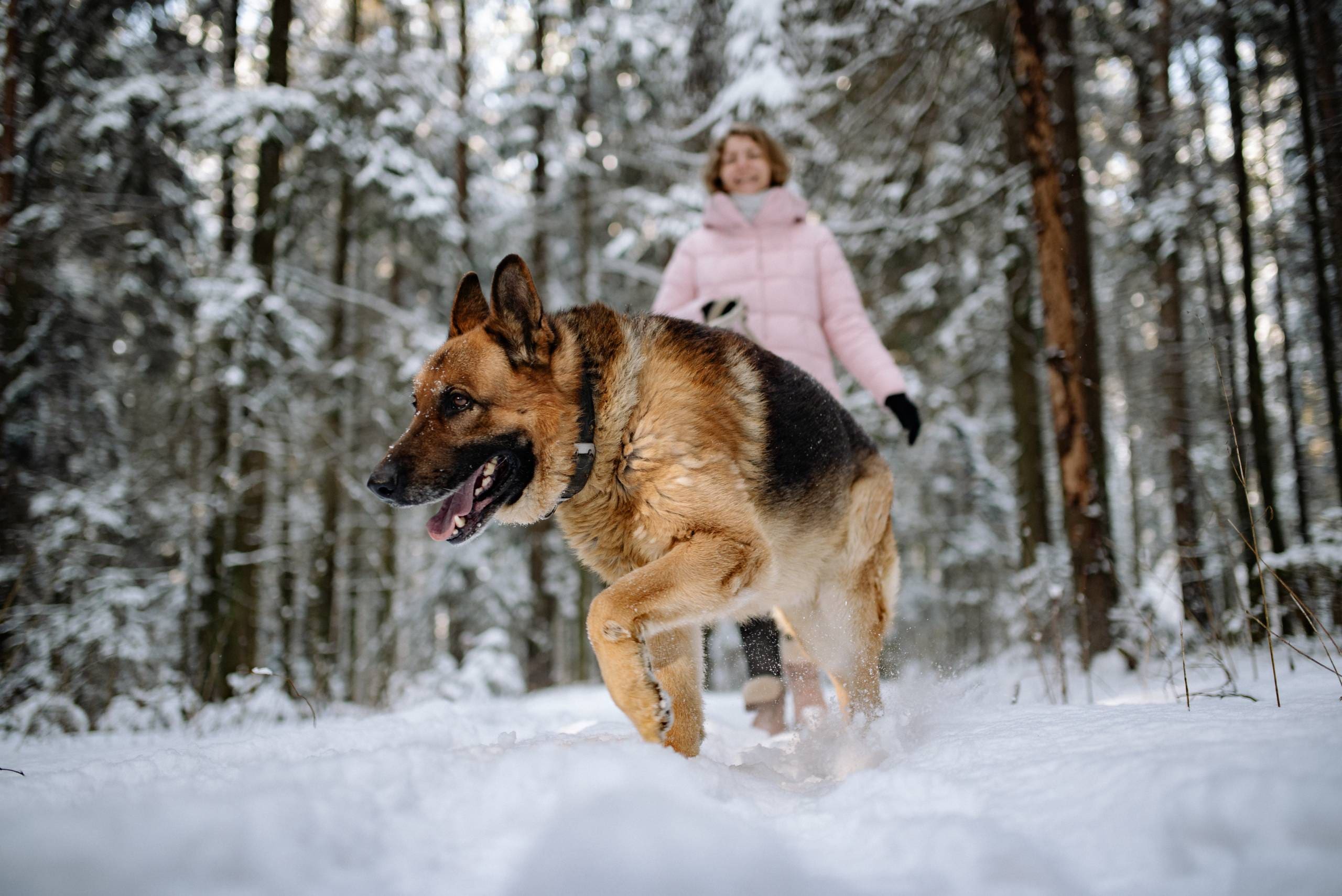
Understanding Dog Aging
Before we dive into the specifics of counting dog years, let’s take a moment to understand how dogs age. Just like humans, dogs go through different life stages, including puppyhood, adolescence, adulthood, and senior years. However, the rate at which dogs age differs from humans. Dogs age more rapidly in their early years and then start to slow down as they reach adulthood.
The 7:1 Myth
It’s a common misconception that one dog year is equivalent to seven human years. While this may provide a rough estimate, it is not entirely accurate. The truth is, the aging process in dogs is more complex and varies depending on their size and breed. Smaller dogs tend to live longer than larger breeds, and therefore their aging process may differ.
A More Accurate Calculation
To get a more accurate understanding of your dog’s age in human years, a general guideline is to consider their size and breed. The American Veterinary Medical Association (AVMA) provides a simple formula to calculate dog years:
For the first two years of a dog’s life, multiply their age by 10.5.
After the age of two, add four human years for each additional year.
Let’s consider an example. If you have a five-year-old dog, the calculation would be as follows: (2 years x 10.5) + (3 years x 4) = 21 + 12 = 33 human years. This means that a five-year-old dog would be roughly equivalent to a 33-year-old human.
Factors to Consider
While the formula mentioned above provides a more accurate estimate, it’s important to remember that individual dogs may age differently based on their genetics, lifestyle, and overall health. Some dogs may show signs of aging earlier, while others may remain sprightly despite their age. Regular vet check-ups and a healthy lifestyle, including proper nutrition and exercise, can contribute to your dog’s overall well-being and longevity.
Understanding how to count dog years is a valuable tool for any dog owner. By using the formula provided by the AVMA, you can estimate your dog’s age in human years more accurately. Remember, though, that this is just an estimate, and each dog is unique. Providing your furry companion with love, care, and regular veterinary check-ups will ensure they live a happy and healthy life, regardless of their age.[/fusion_text]



